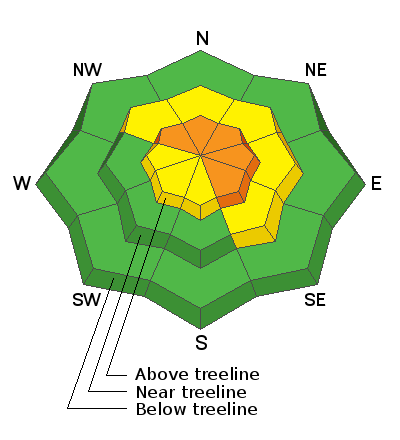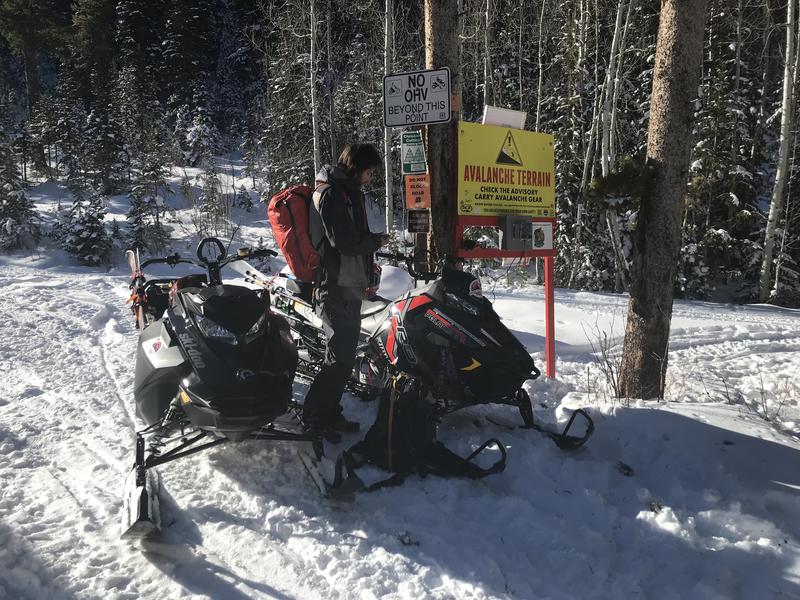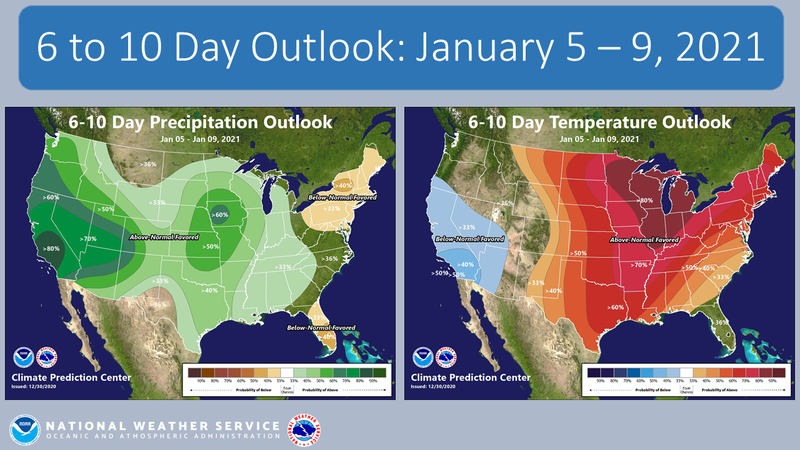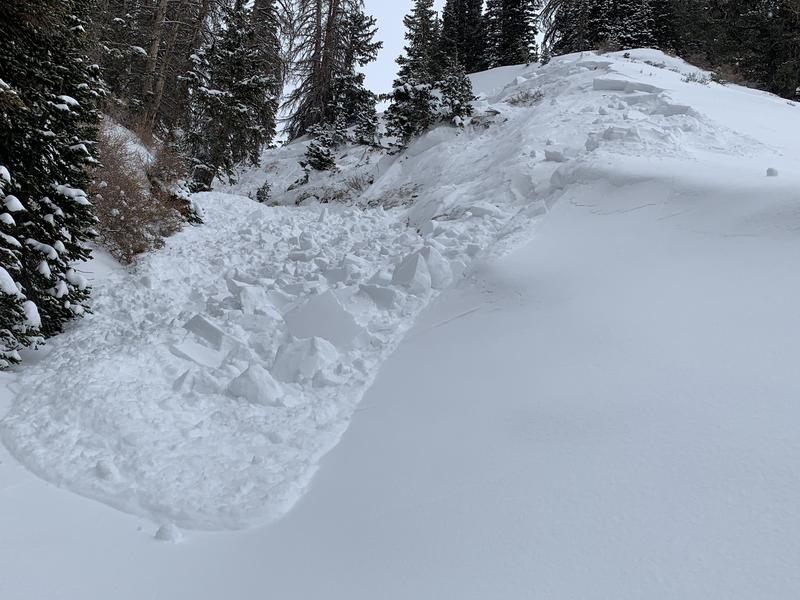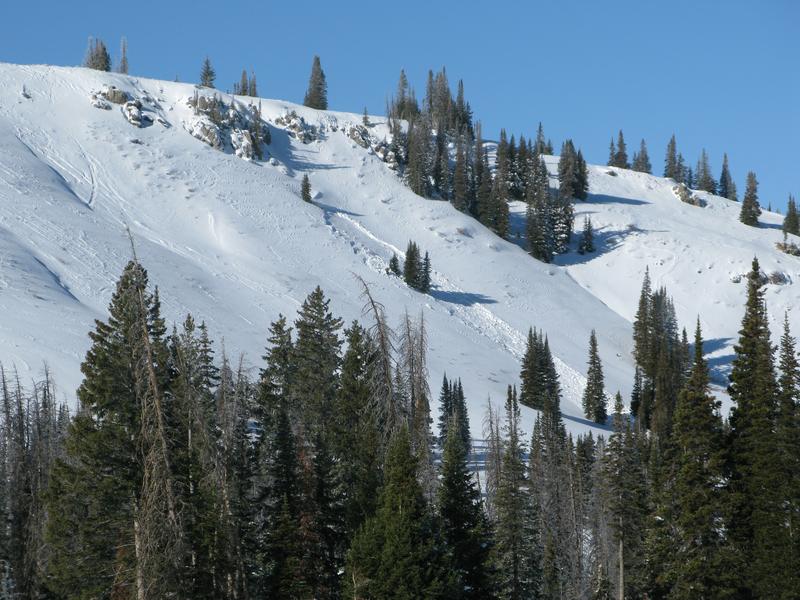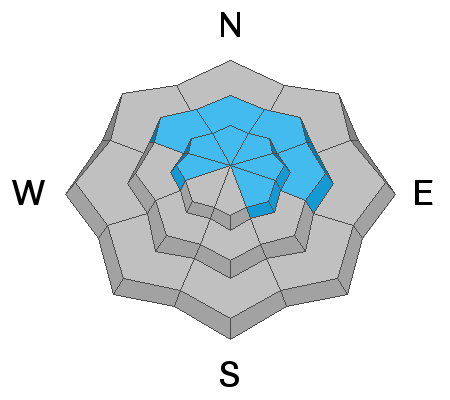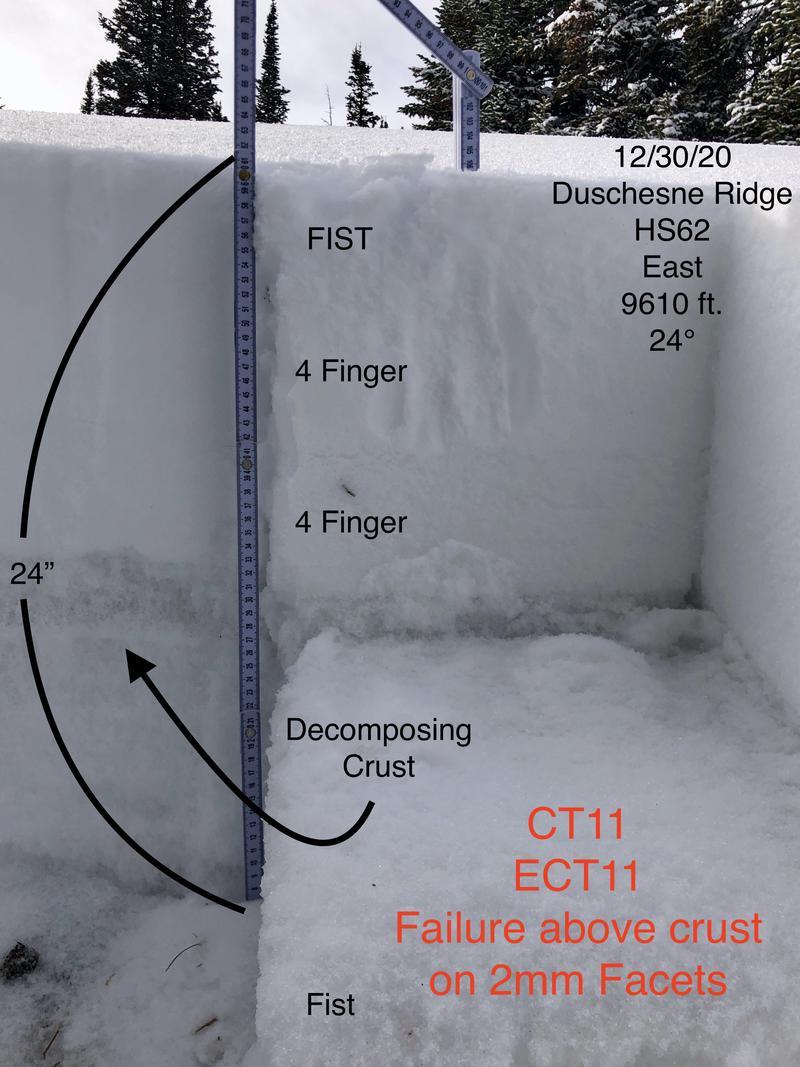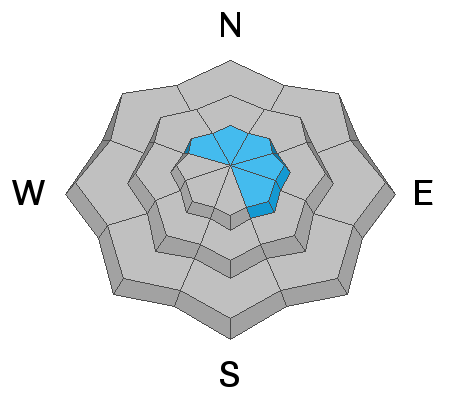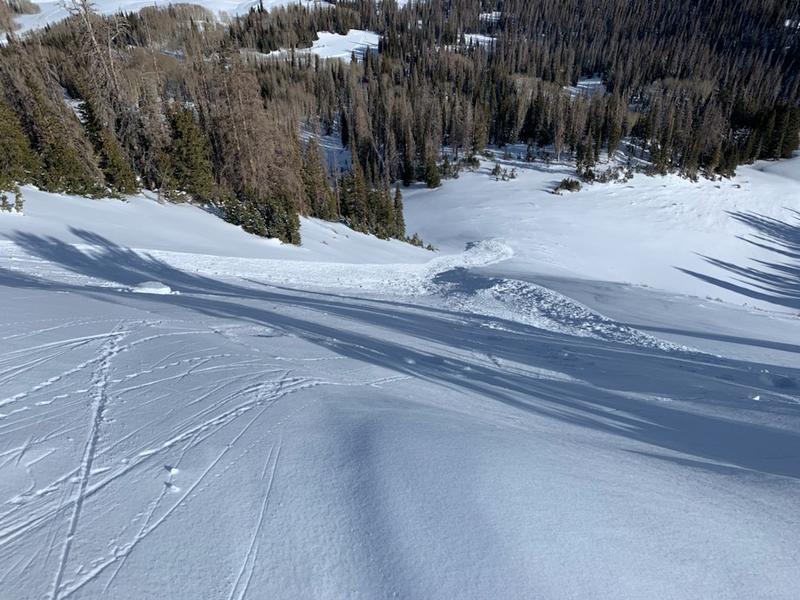Andy Nassetta rode the south half of the range Thursday and found a recently triggered slide in the Currant Creek zone.
Nothing has changed in the past few days, as a matter of fact, it just gets spookier. Every slope my colleagues and I walk on respond with big, booming collapses, and cracks shooting everywhere, suggesting we've got a dangerous setup in our snowpack. And recent avalanches say we don't need to be on steep slopes in order to trigger avalanches.... we just need to be connected to them. And you're probably thinking, it hasn't snowed and what little snow has fallen is light, fluffy, and doesn't feel very threatening. But we're thinking like a rider wanting fresh tracks, not like a snowpack that mirrors an upside-down cake. So let's think, stronger snow on weaker snow. And, if we're thinking like the snowpack we've gotta consider not only about the snow we're riding in, but also the snow we're riding on. Fact is, this type of layering leads to tricky avalanche conditions because our snowpack needs a trigger like us to roll along and knock the legs out from underneath. And yes, we can trigger slides from a distance or from adjacent slopes, and this is the type of avalanche dragon where we can pull the entire log pile down on top of us, even if we're playing on low angle terrain. All we need is to be connected to steep terrain above us. And once triggered, today's avalanches may break wider and deeper than you might expect
But you don't have to ride blind... so, tweak small test slopes, looking for and listening to signs of unstable snow like whoomping sounds and sudden collapses of the snowpack or shooting cracks in front of your skis, board, or sled. And of course the biggest clue of all... recent avalanches, especially on the same types of slopes you wanna ride on.
JG submitted a beautiful snow profile from his travels Wednesday which sums up the current structure of our snowpack. He's also got a great ob with some sage insight on how to travel given the sketchy conditions found
here.

